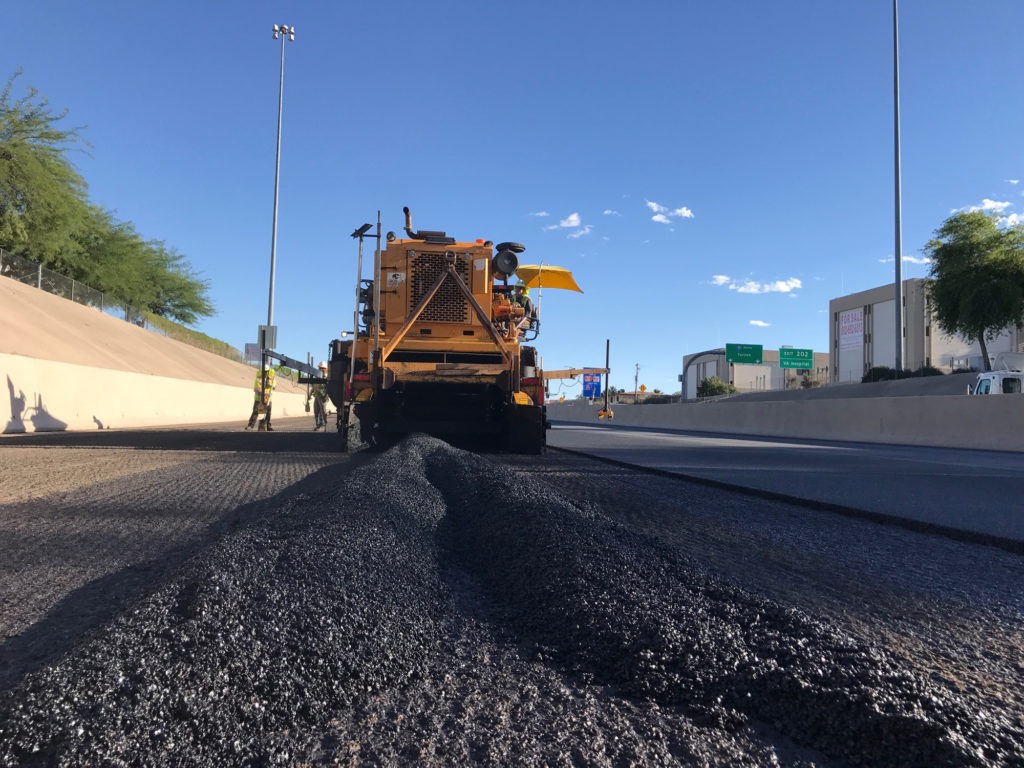
LEXINGTON, Ky. — In addition to new sidewalks, new trees and new art installations, Southland Drive will be getting something no other place in Lexington has: a 2,400-foot stretch of roadway using environmentally friendly rubberized asphalt.
Rubberized asphalt consists of regular asphalt mixed with crumb rubber made from recycled tires. Asphalt rubber is the largest single market for ground rubber in the United States, consuming some 12 million tires annually.
Lexington has received a $98,850 grant from the Kentucky Energy and Environment Cabinet for a rubberized asphalt test program. The grant money comes from the $2 a tire recycle fee you pay when you buy new tires.
“Getting rid of used tires is a huge problem globally and if recycling used rubber into asphalt works as advertised it will be a win for the environment and everyone,” says Rob Allen, Streets and Roads director.
Rubberized asphalt is supposed to be more durable and quieter to drive on. Allen says he is hopeful both assertions are true.
“If the noise reduction claim holds true, we may look at using more rubberized asphalt in residential areas in the future,” said Allen.
All of Southland Drive will be repaved right after the sidewalk project is completed. The section from Nicholasville Road to the railroad overpass will be paved using rubberized asphalt while the rest of the roadway, all the way to Rosemont Garden, will be paved using conventional asphalt.
“Our roadway maintenance software picked Southland Drive for resurfacing this year based on its overall condition score,” Allen said. “The road was a good candidate because we want to compare the two types of asphalt and the railroad overpass makes a great divider, plus traffic counts are almost uniform along the entire road.”
The grant requires the city to monitor the roadway for five years and to record how well it fares against regular asphalt. Studies in other states have shown that rubberized asphalt lasts longer than conventional asphalt, which costs less.
“There is an increased cost for the rubberized asphalt additive, so I think everyone is interested in the rate of return,” Allen says. “We need to know, is it a break-even cost, and if so, do the environmental benefits outweigh the costs?”




















Add Comment